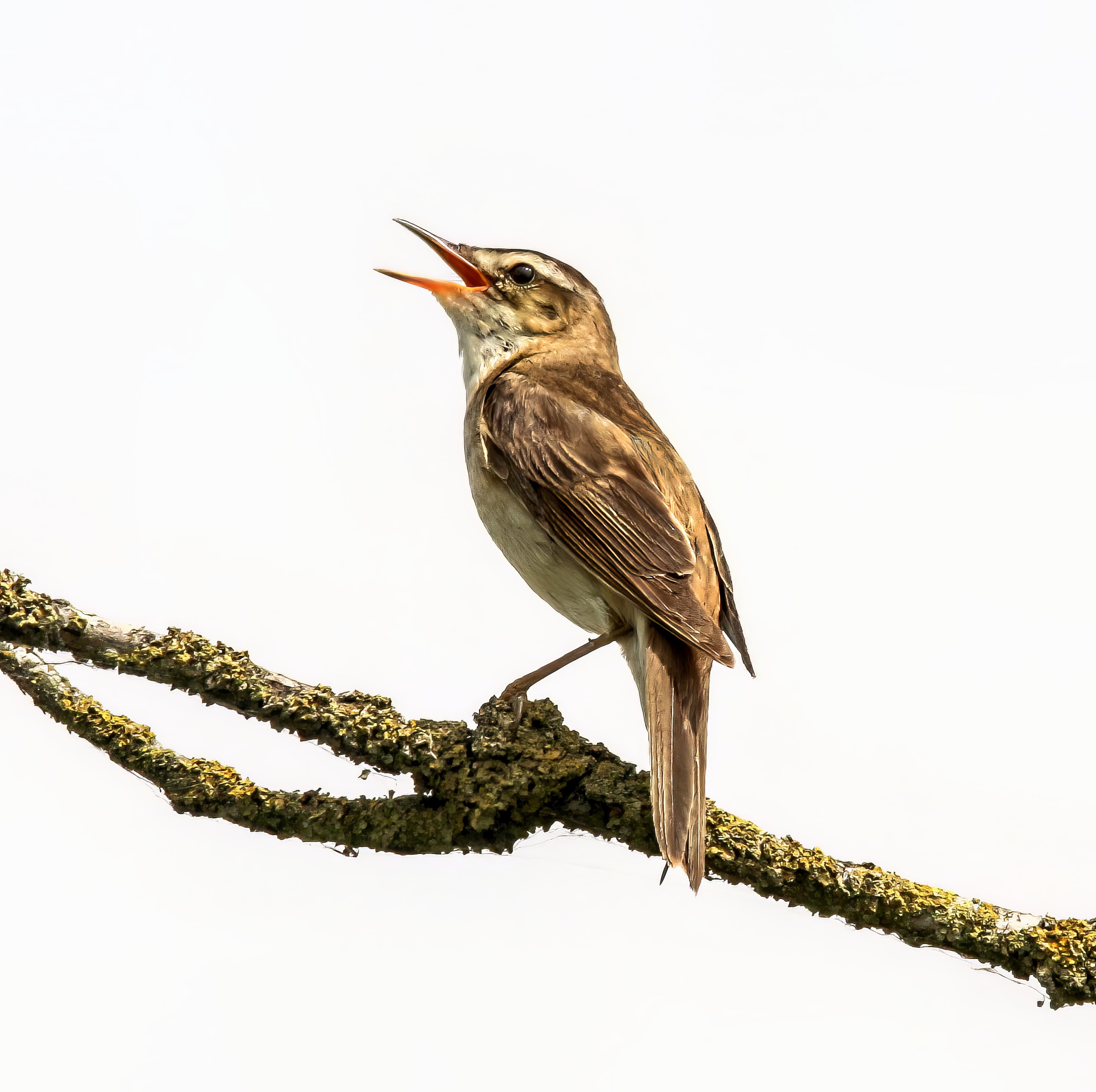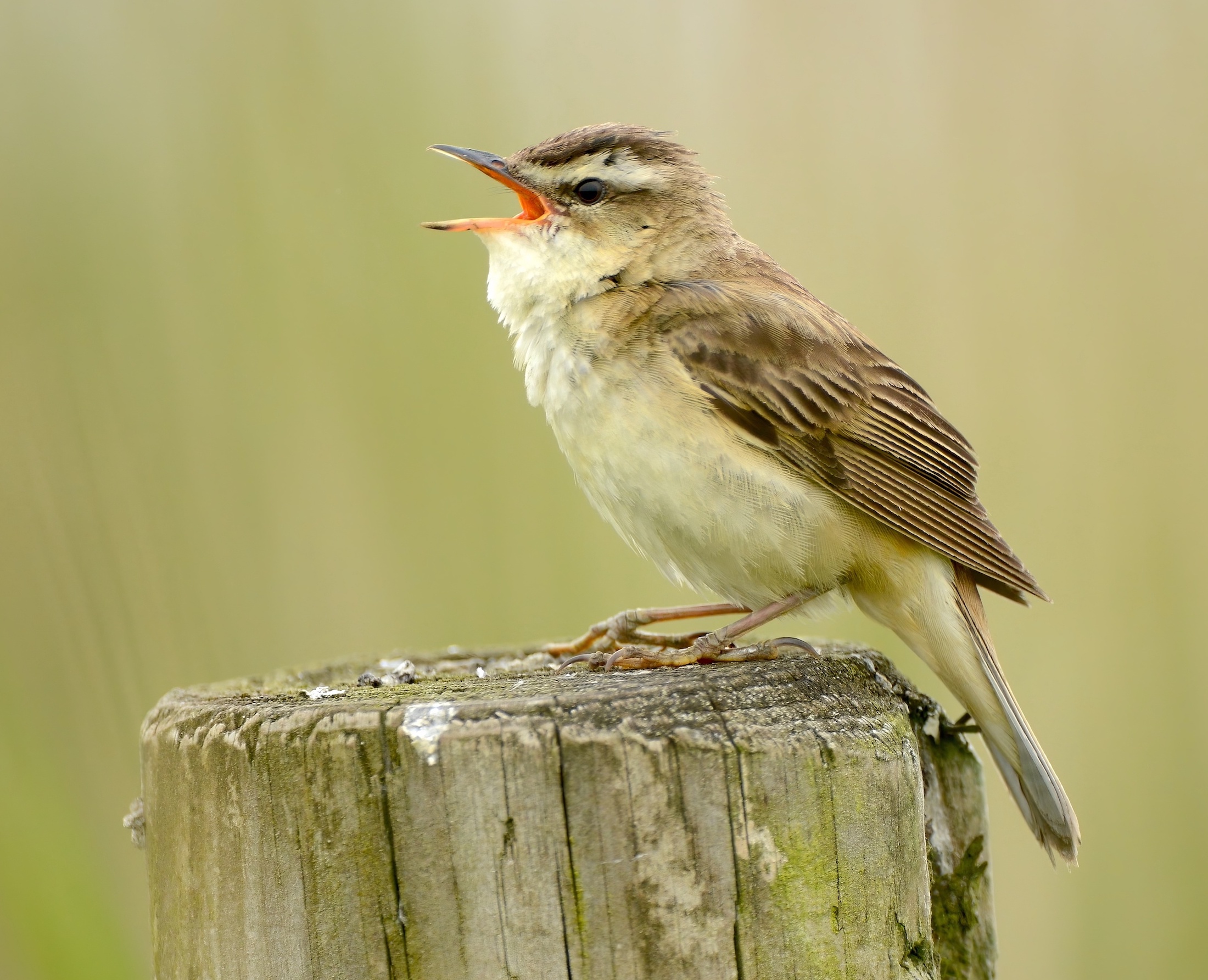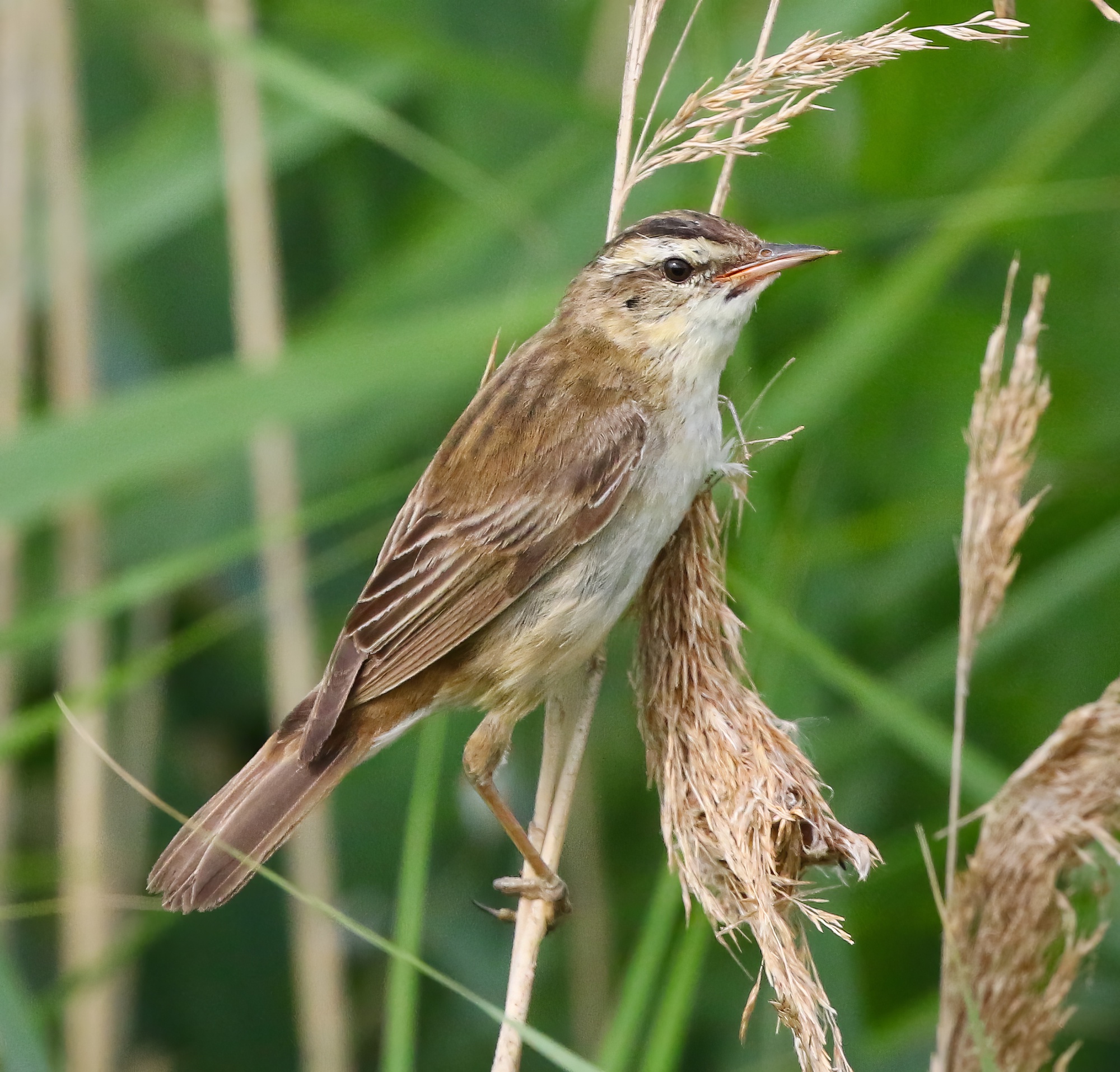Sedge Warbler Acrocephalus schoenobanus



A look at the relative abundance map of breeding Sedge Warblers in the BTO Atlas 2007-11 shows that Lincolnshire is at the heart of this species range in England with the Fens, Marsh, Ancholme and Trent Valleys and Isle of Axholme all relatively densely populated. This pattern is reflected in the Lincolnshire Atlas too and the distribution has stayed stable. Unfortunately, there is insufficient data to calculate a Lincs BBS index for Sedge Warbler. The national BBS index shows the population has declined by 26% in England since 1994. While the Atlas put the population at around 7,500 pairs in the 1980s, APEP4 suggests the weighted population in Lincolnshire in 2016 was 18,000 pairs which seems to be on the high side. Either way the Lincolnshire population appears to be in a relatively healthy state currently compared to other areas of England. BTO BirdTrends suggests that annual population changes are related to rainfall-dependent adult winter survival in the sub-Saharan wintering grounds.
More than a million Sedge Warblers have been ringed in the UK, 1909-2021 (BTO online database). In the decade 2012-2021, the UK the mean number ringed per year 21,216, the mean for Lincolnshire during that time being 216, almost exactly 1% of the annual UK total. This activity has generated a lot of retrap and recovery data both for birds ringed in Lincolnshire and elsewhere in the UK, Europe and Africa. Birds ringed in Lincolnshire and retrapped in later years have been more than six years old (the current UK longevity record is 8yr and 8 mth.) as well as showing great site fidelity. D375756 was ringed at Wainfleet as an adult male in May 2014 and subsequently retrapped 30km SE in Norfolk in May and June in successive years 2016-2019. Long-distance movements within the UK have seen Irish and Scottish-ringed birds retrapped in the county and Lincolnshire-ringed birds have been retrapped in Aberdeenshire and Angus to the north and Cornwall to the south. Lincolnshire-ringed birds have been retrapped or recovered in Belgium, France, and Spain. Birds ringed abroad and retrapped here have come from Belgium, Channel Islands, Norway Spain and Senegal.
(Account as per new Birds of Lincolnshire (2021), included November 2022)
